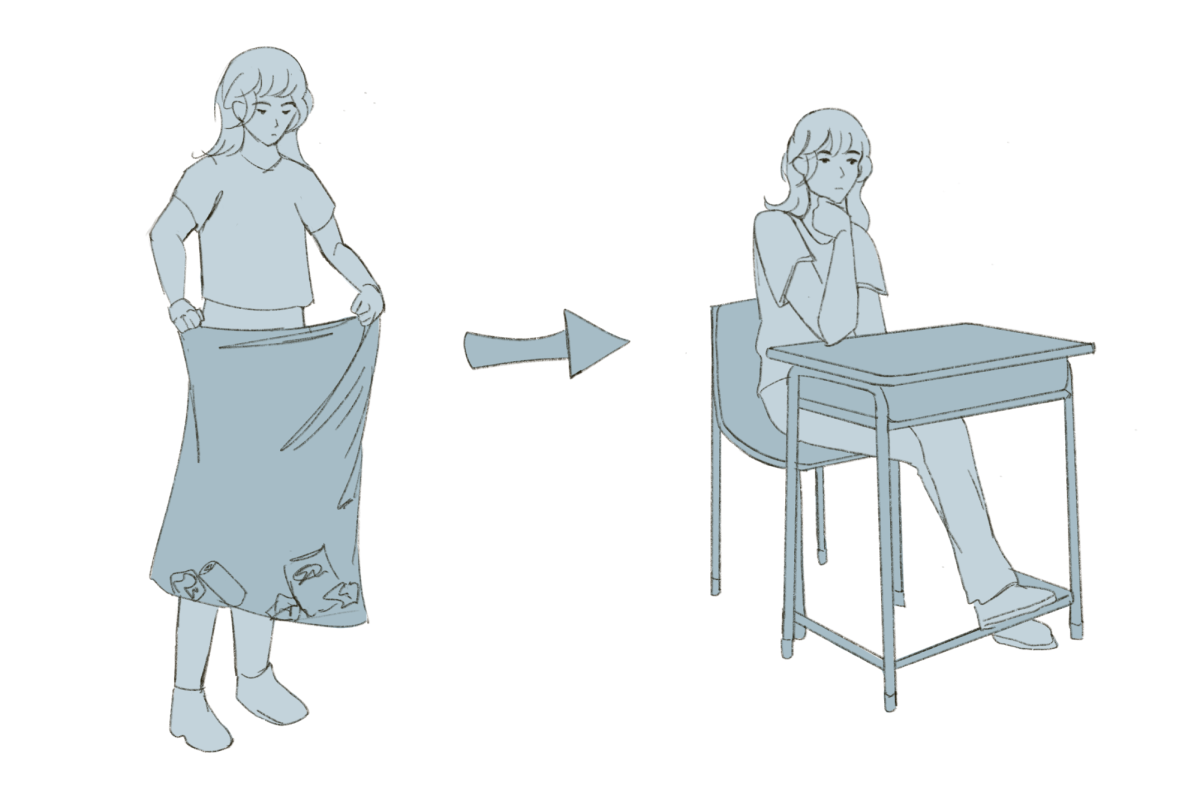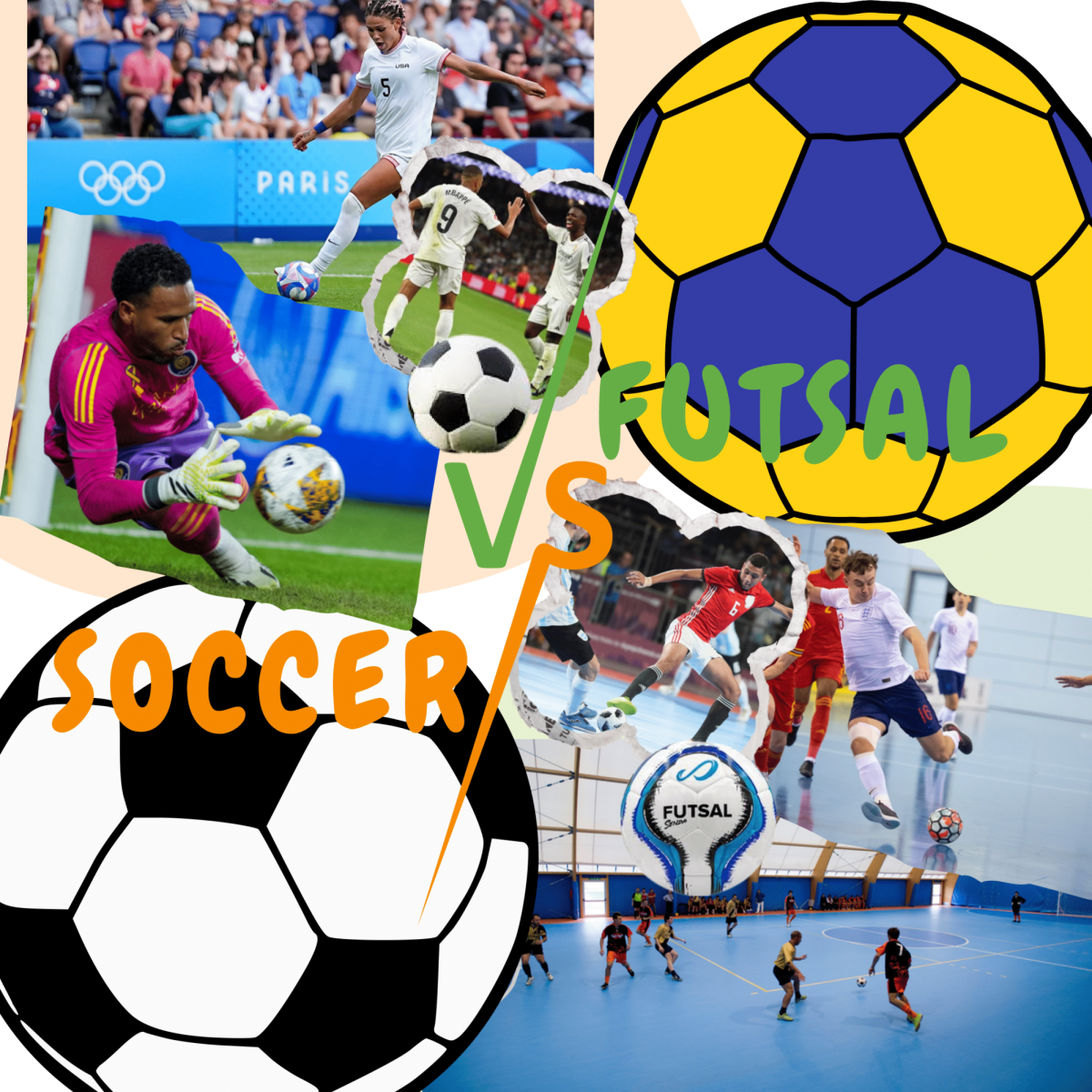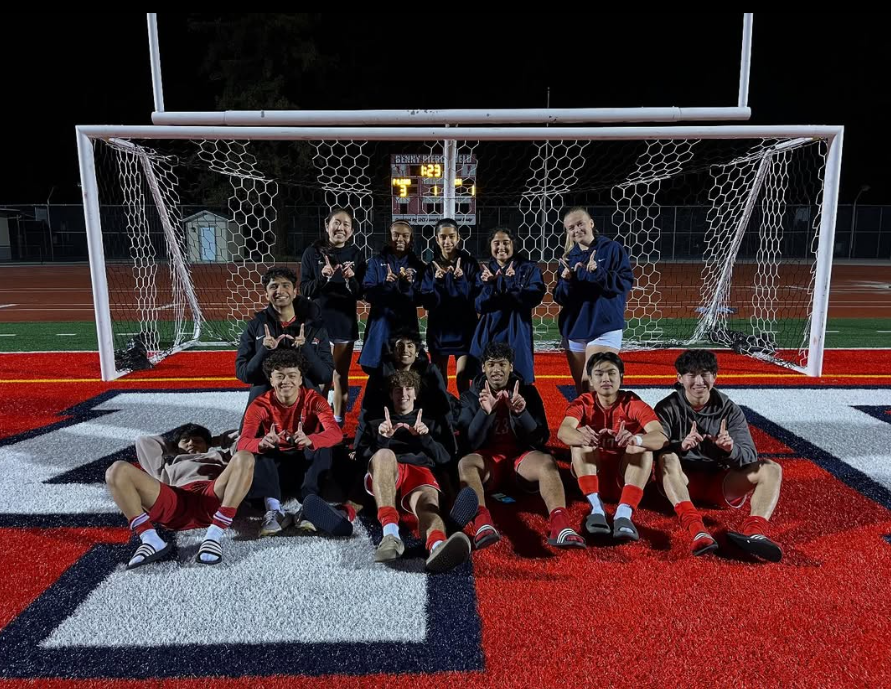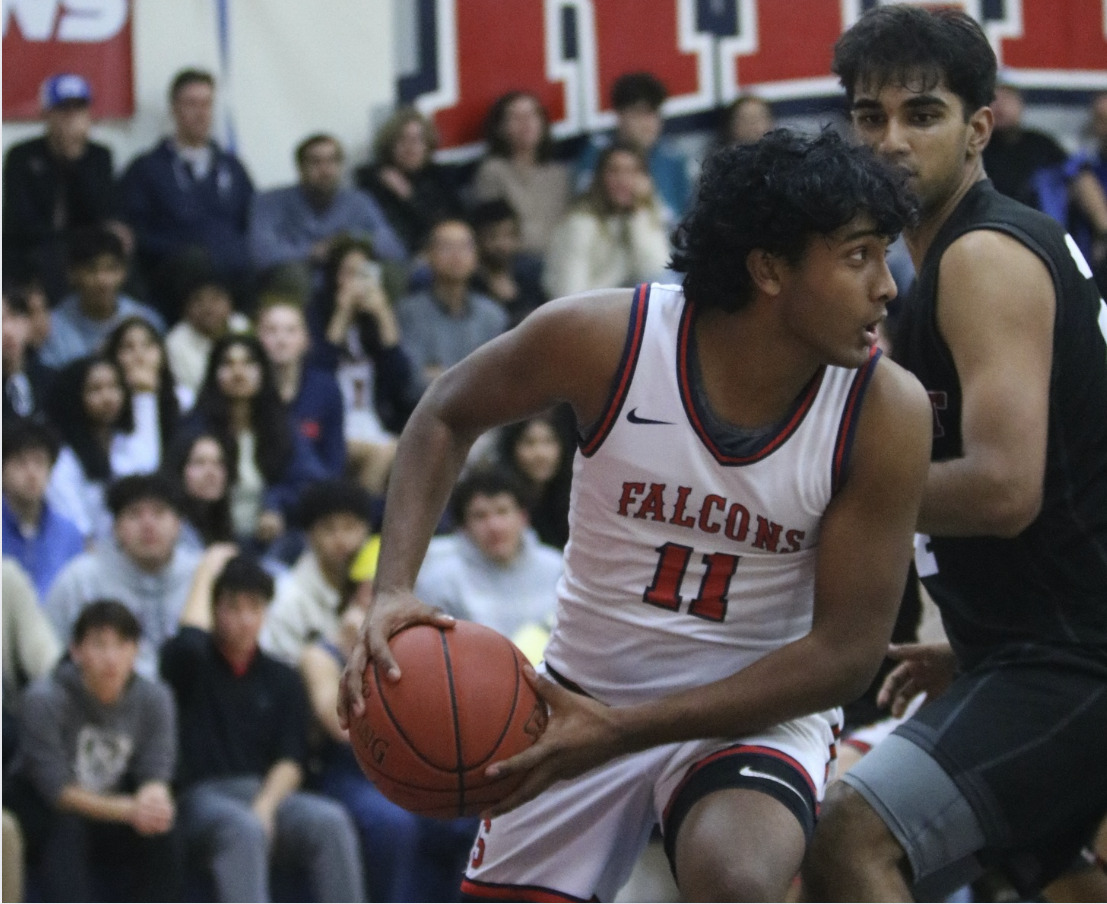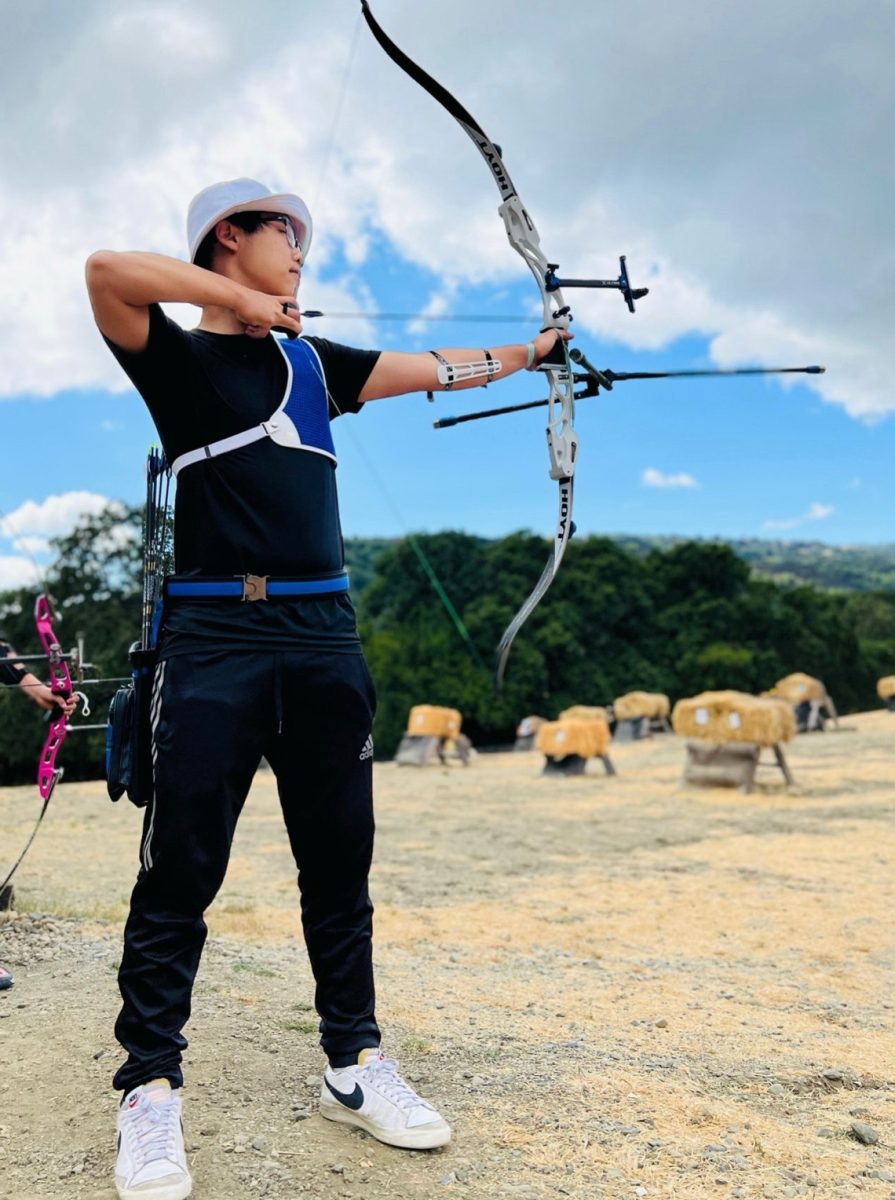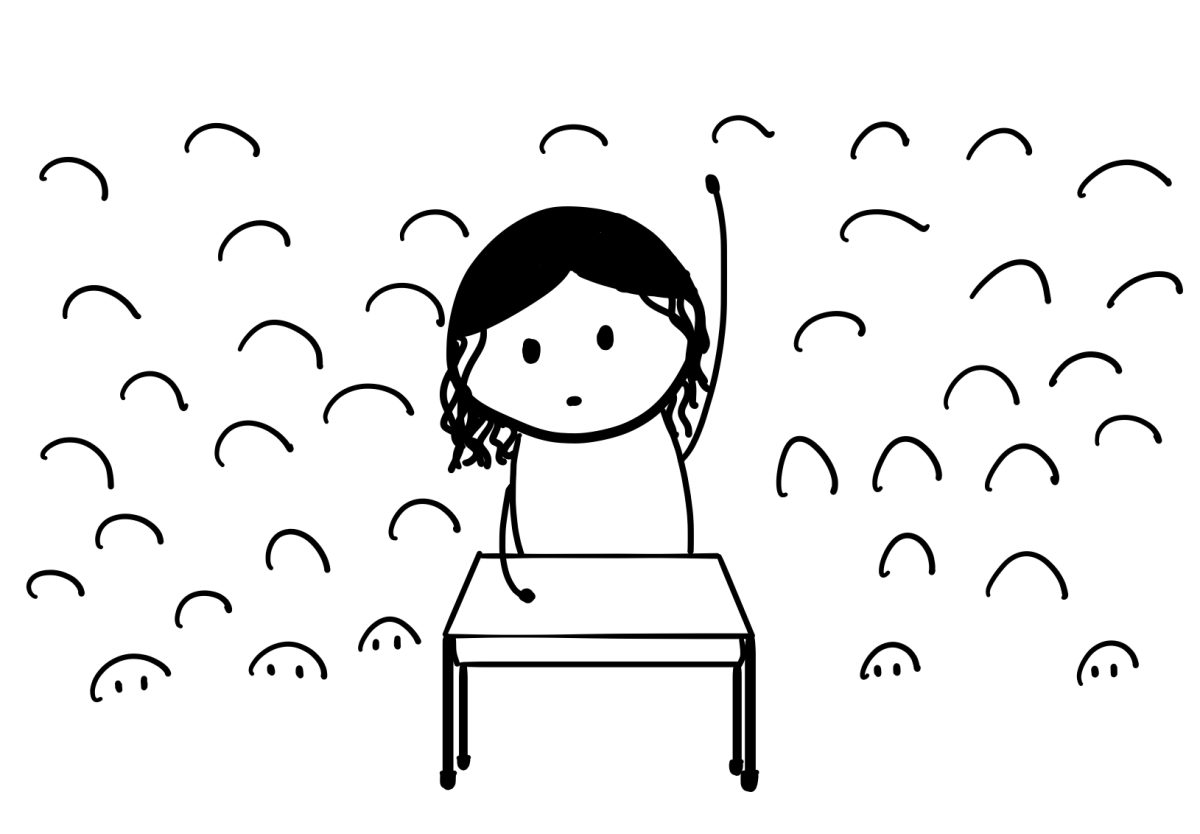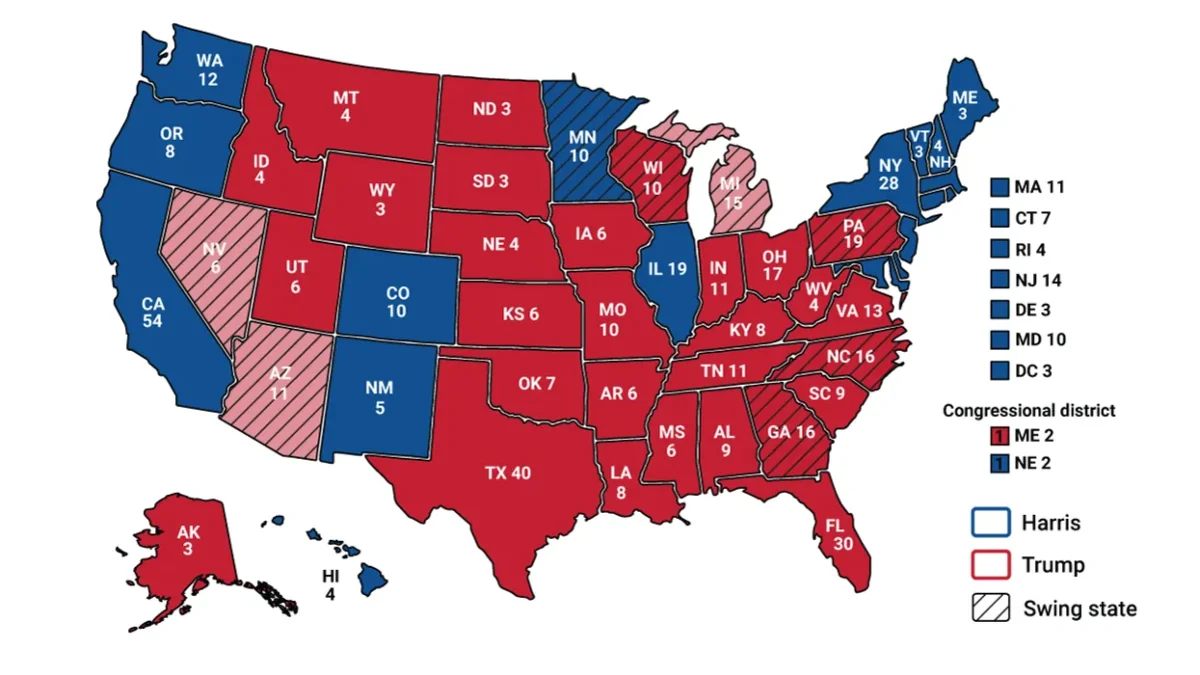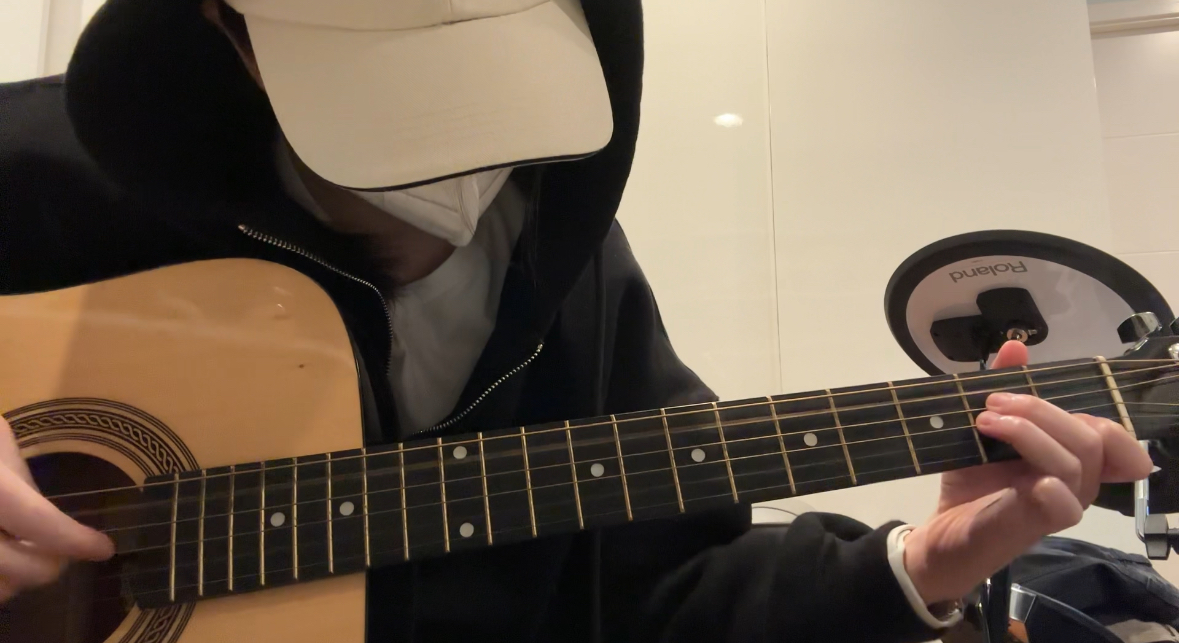For many soccer players, futsal has been a cornerstone training ground for the sport.
As a quicker-paced game with fewer time to think on the court, futsal is regarded as one of the most beneficial ways to improve instinct and tight touches in soccer itself.
The sport is similar to soccer, but instead of being played on a large grass or turf field, 10 players form two teams for five players on each and compete on a hard, 40- by 20-meter indoor court with smaller-sized goals.
Sophomore attacker Ethan Tian, who plays at the West Valley Soccer Club, said his two years of playing futsal between ages 9 and 11 were critical to his journey as a soccer player.
“In futsal, since everything is smaller, it’s a lot more fast-paced,” Tian said. “I learned to think quicker and improve my close control to maneuver around more players, since they could close me down quicker.”.
Unlike in soccer, there is no offsides rule in futsal, allowing players to stay closer to the goal as they drive down the court. Timeouts are also utilized, along with caution cards for dangerous fouls committed.
Since club soccer has an annual off-season in winter, several Bay Area clubs have found a way to prevent loss of player skill during the break: They participate in winter league or play futsal.
Winter league, which consists of four to six games — in comparison to the 10 to 14 games during fall and spring season — is the less popular route taken, as players often want a change from the general fall season. Futsal, on the other hand, provides a break with less intense matches, while still maintaining players’ technique during their offseason. As a result, a majority of clubs encourage players to sign up for futsal during the winter season.
Sophomore Landon Pham, who plays for soccer club De Anza Force at the MLS Next level — the top level of club soccer for boys in the U.S. — has also found his futsal experience, from ages 10 to 13, to help sharpen his decision making on the pitch.
Said Pham: “When I play at my club, there’s a lot of moments where I need to make the right decision in a split second and hold the ball. Futsal really helped me to learn that since I was always surrounded by players, and it taught me how to secure and keep the ball safe under pressure.”
However, like almost every sport, futsal has its downsides. Its high-speed and change of direction can make injuries more common.
That was Pham’s experience. Ultimately he stopped playing it because it tended to hurt his knees, and he didn’t want to risk further injury in the offseason.
Even with these downsides, futsal remains a building block experience for many players that they wouldn’t change.
“It was a fun and beneficial experience for me,” Tian said. “The little break from club soccer and the opportunity to play more with my teammates in a different environment was pretty fun.”





